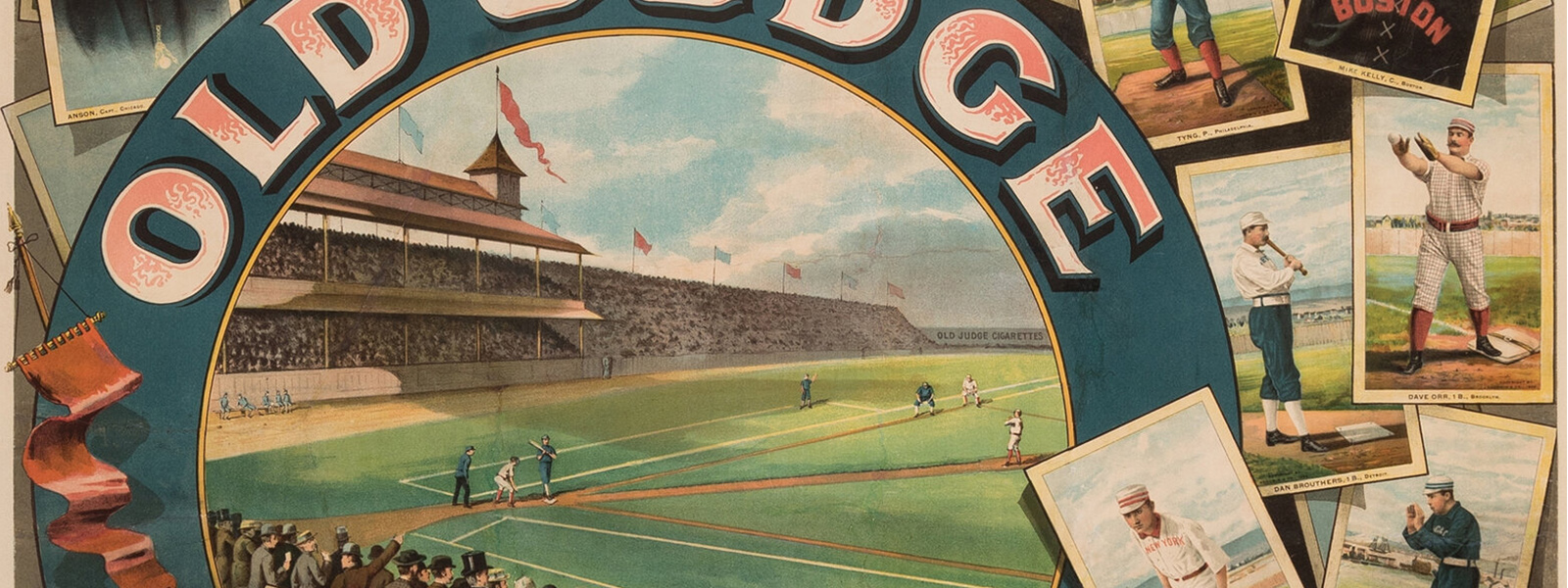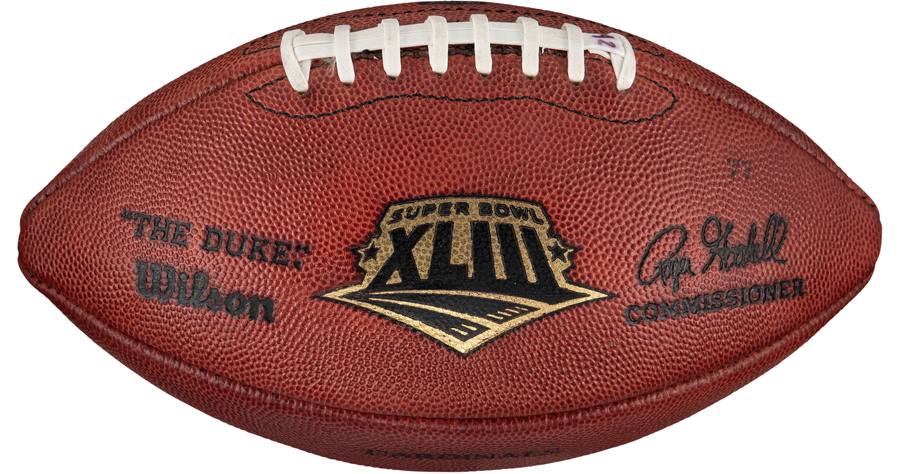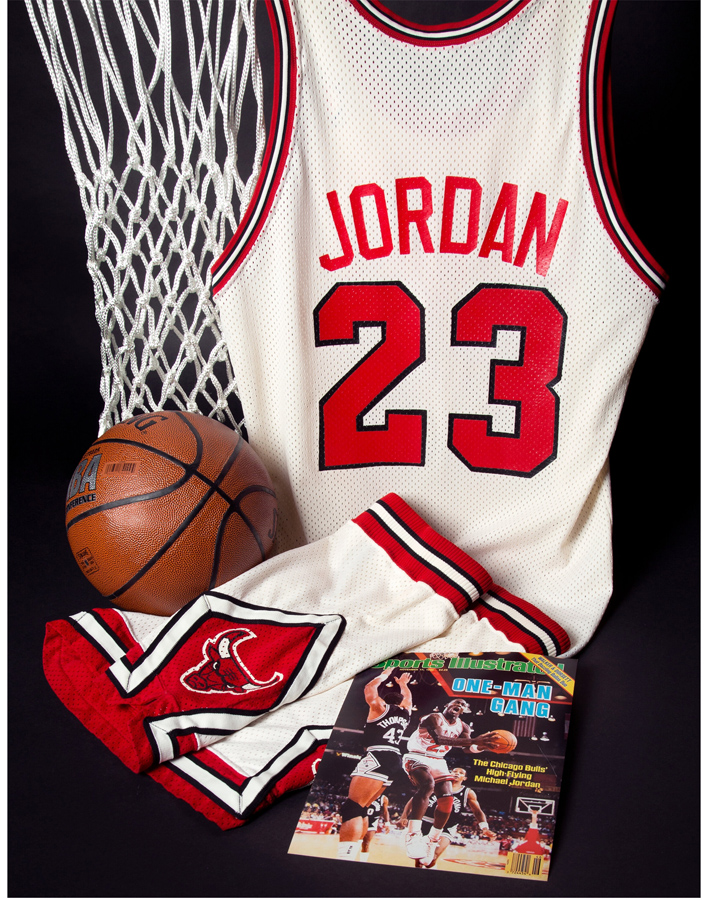FROM BALLS AND BATS TO JERSEYS AND TICKET STUBS, SPORTS COLLECTIBLES ARE A GRAND SLAM FOR THOUSANDS OF COLLECTORS. DON’T STRIKE OUT WHEN IT COMES TO SAFEGUARDING THESE ITEMS.
By James Appleton
Sports collectibles are on a hot streak! Sports fans and nostalgia buffs have always had an interest in collecting memorabilia related to their favorite teams and players, but the market has seen a surge in demand and pricing fueled in large part by the coronavirus pandemic and availability of reputable online marketplaces. A recent forecast by research firm Market Decipher estimates the market for sports memorabilia and trading cards will hit $35 billion in 2023, with the potential to top $227 billion within 10 years.
Sports memorabilia encompass a wide range of items, essentially any object that is valuable due to its relationship to sports, teams or individual players. The category typically includes sporting equipment (balls, bats, gloves, helmets), jerseys, uniforms, photos, posters, ticket stubs and trading cards.
Preserving Sports Memorabilia
Whether you are an avid collector or own a few cherished items, sports memorabilia can be a valuable investment. Taking steps to preserve and protect your items is critical to preserving the long-term value. Let’s take a look at some best practices for storing, displaying and maintaining a few of the most popular categories of sports memorabilia.
It’s best if leather collectibles, like this game-used football from The James Harrison Collection that realized $126,000 in a February 2023 Heritage auction, are stored in a climate-controlled environment.
- Leather: Leather items such as baseballs, footballs and gloves require special care, particularly if they are vintage items. Oil from your hands can leave stains on leather, so wear gloves to handle leather goods. Leather conditioner may be applied with a soft cloth, but never use oils, creams, wax, silicone or other products not specifically designed for leather care. Display items away from direct sunlight or heat sources, and store your treasures in archival boxes cushioned with acid-free tissue paper. Leather artifacts should be stored in a stable, climate-controlled environment protected from light, dust, heat and insects or other pests.
If clothing items such as this Michael Jordan game-worn Chicago Bulls uniform – which sold for $480,000 in an October 2020 Heritage auction – are stored rather than displayed, they may be packed in archival boxes.
- Jerseys, Uniforms and Caps: Before storing or displaying any item of clothing, be sure it is completely dry to prevent staining, mold, mildew and other damage. To display items of clothing such as jerseys, use a museum-quality framing kit that includes an acid-free back panel or matte, an archival hanger and UV-filtering glass. Display framed pieces away from direct sunlight, heat sources and humidity. Clothing items to be stored may be packed into archival boxes or Tyvek garment bags. If the items were dry-cleaned, be sure to remove the dry-cleaning bag and allow the items to air out before storing. Before storing a cap or hat, lightly stuff the cap with acid-free tissue and pack it into an archival box.
- Wooden Bats: As with leather artifacts, wooden bats should be stored carefully. Polishes, waxes and other cleaners are not necessary and may stain or damage the wood over time. You can find archival-quality boxes made specifically for bats, or they may be wrapped loosely in polyester craft batting and stored in a climate-controlled environment.
Museum-grade framing kits are recommended for framing paper memorabilia such as this 1888 Old Judge Tobacco baseball advertising sign, which realized $210,000 in an August 2022 Heritage auction.
- Paper: You probably already know that paper items can be fragile. Sports memorabilia such as ticket stubs, programs, posters and flyers that haven’t been encased in plastic by a third-party authentication service all require special handling and maintenance to preserve them for the long term. Acid-free envelopes and archival plastic sleeves are good choices for storing paper artifacts. Once properly packaged, keep these treasures in an acid-free box, metal filing cabinet or fire-proof safe to protect them from light, heat, moisture and vermin. If displaying paper souvenirs, be sure to choose a museum-grade framing kit. A special warning about newspaper clippings: Newsprint is extremely toxic and can cause damage to other artifacts if displayed together. To include a special newspaper clipping in a display box with other items, make a digital copy of the clipping and print it on acid-free paper to use in the display box.
Collection Appraisal and Insurance
When it comes to insuring collections of sports memorabilia, it’s important to accurately assess the value of the collection. This requires obtaining appraisals from qualified experts who can provide an estimated value for each item. Keep in mind that the value of these collections may fluctuate over time, so it’s important to get an appraisal at least once a year to ensure the items are adequately covered by insurance.
Serious sports memorabilia collectors can benefit from seeking out a specialty collectibles insurance provider to protect their investment. Standard homeowners policies provide limited coverage, perhaps only $1,500, for lost or stolen property, and that’s after the policyholder covers the deductible. In addition, these policies generally only cover named perils. In contrast, specialized collectibles policies may include all-risk coverage at limits of up to $1 million (or more) with the option of a zero-dollar deductible. Plus, claims filed against a monoline collectibles policy will not affect your homeowners premiums or loss history, and they are not reported to the industrywide CLUE (Comprehensive Loss Underwriting Exchange) database.
No matter the team or athlete, collectors of sports memorabilia are passionate about their favorites. Channel that appreciation into action by preserving your investment. With careful maintenance, periodic appraisals and specialized insurance coverage, you can enjoy your treasures for many years to come while protecting their value from the unexpected.
JAMES APPLETON is Director of Program Sales for Phoenix-based MiniCo Insurance, a Jencap company. MiniCo offers monoline specialty insurance specifically designed to cover fine art, collectibles and items expected to increase in value. Additional information is available at MiniCoCollectiblesDirect.com.




